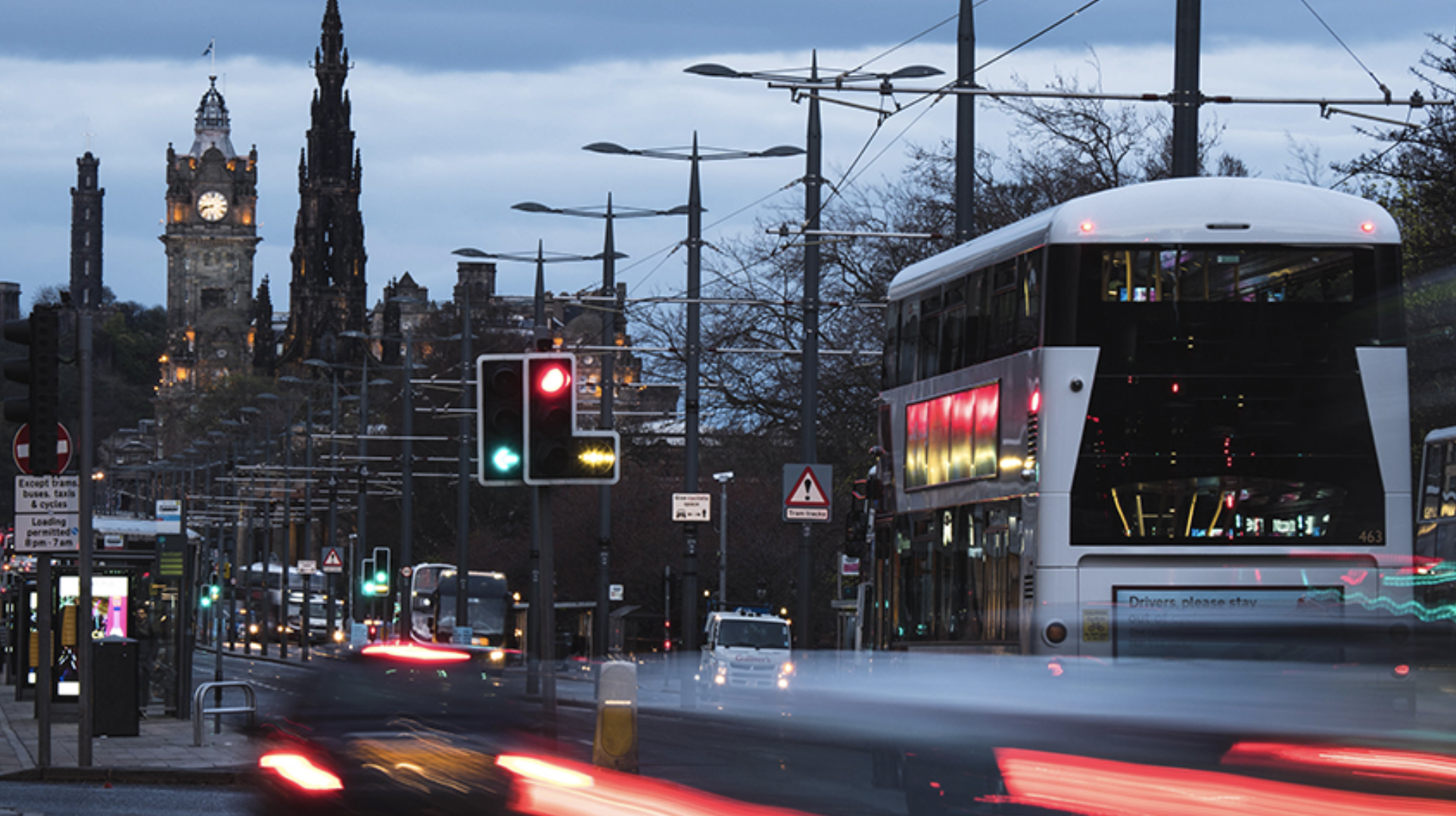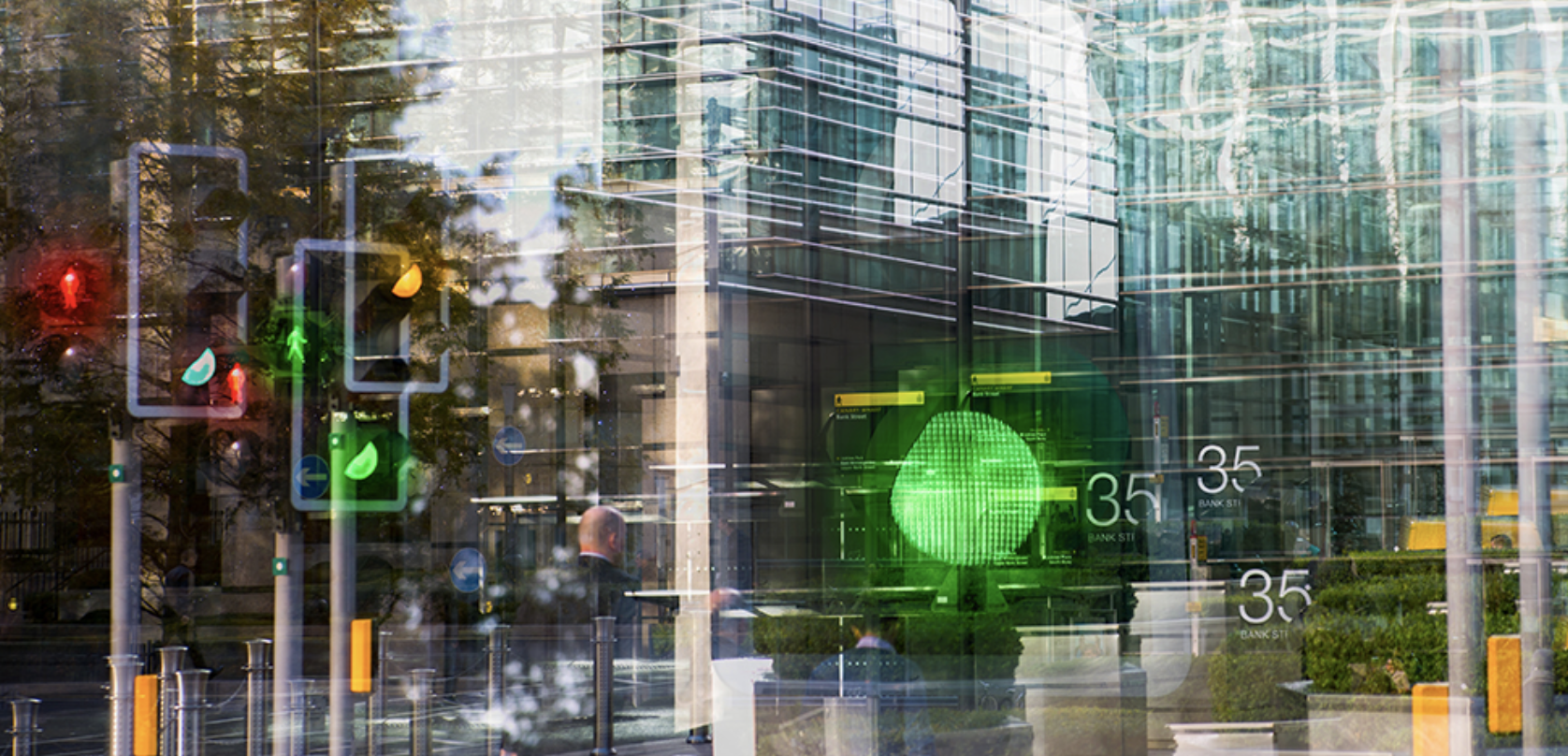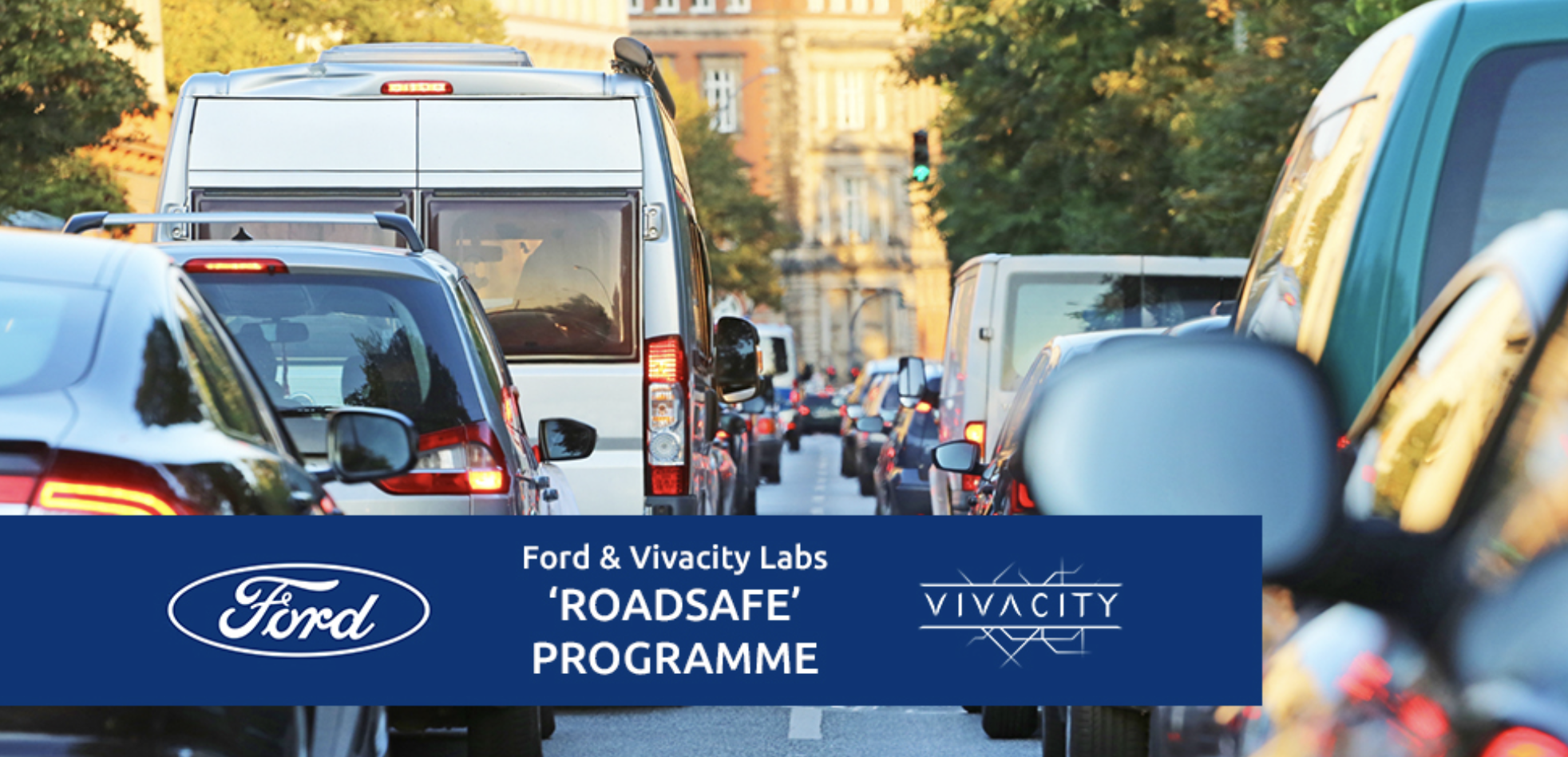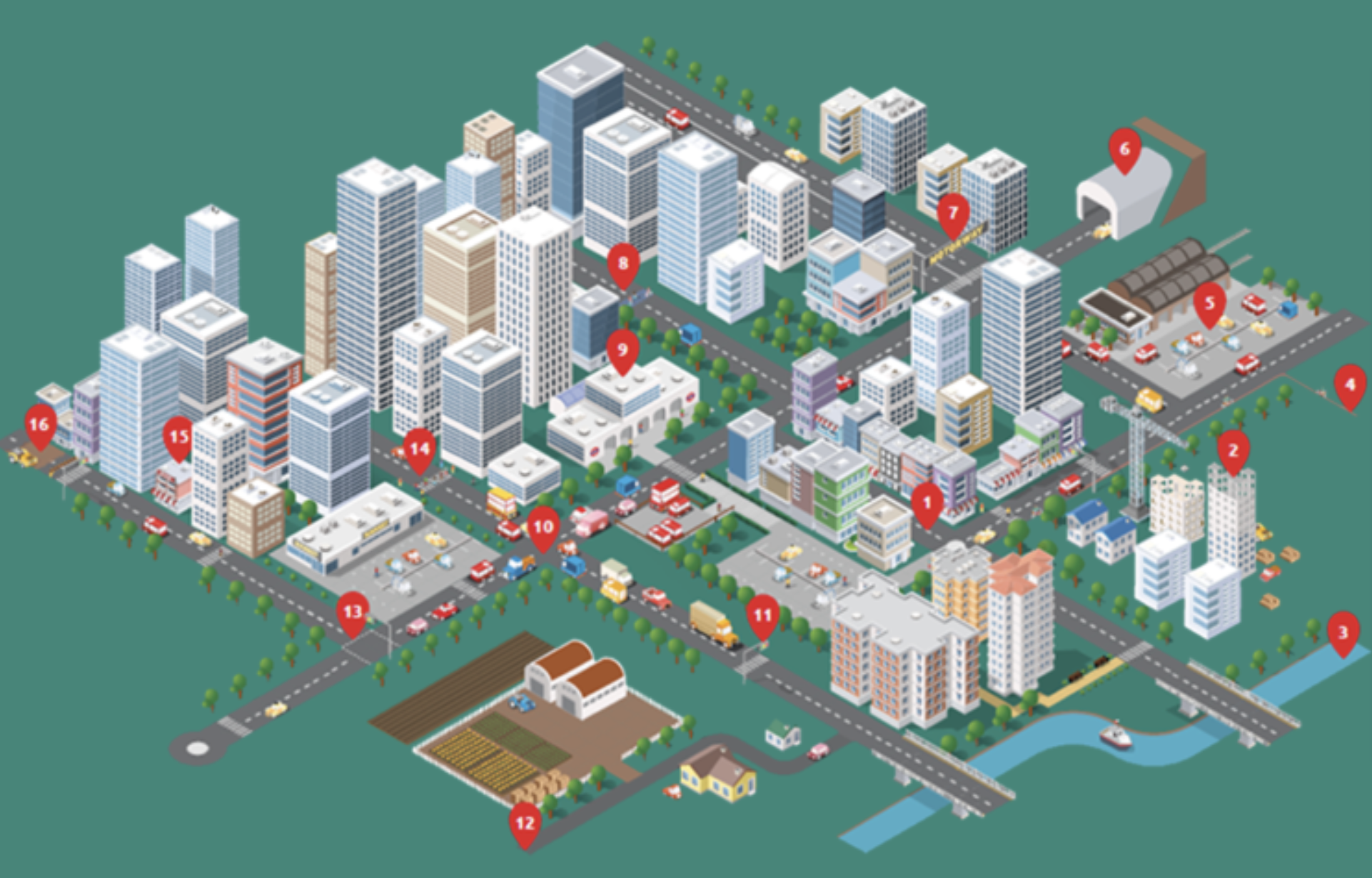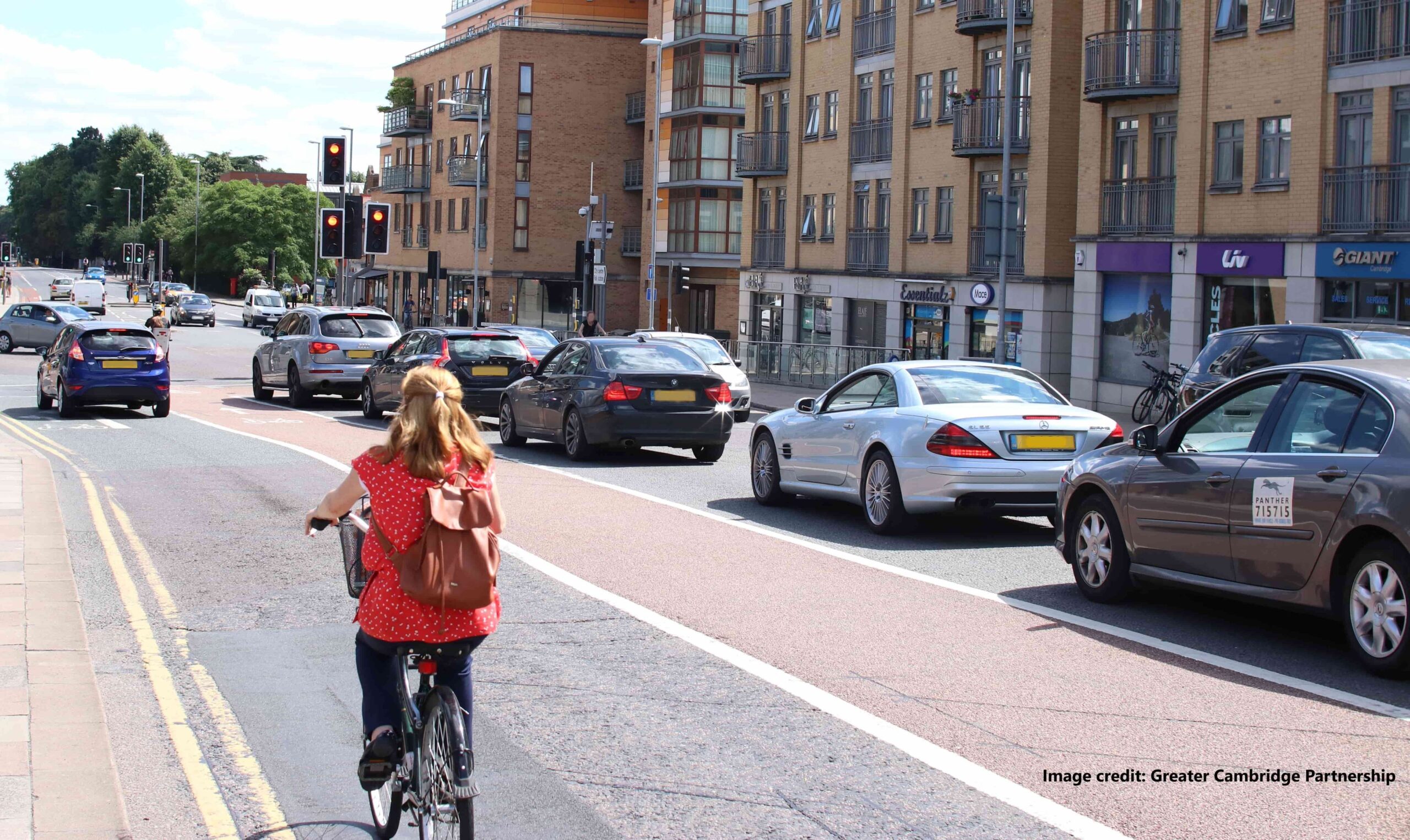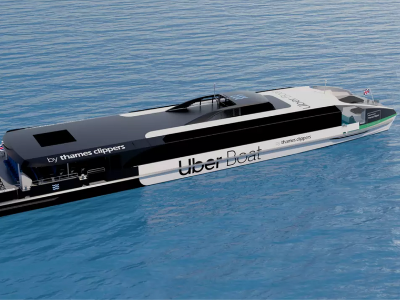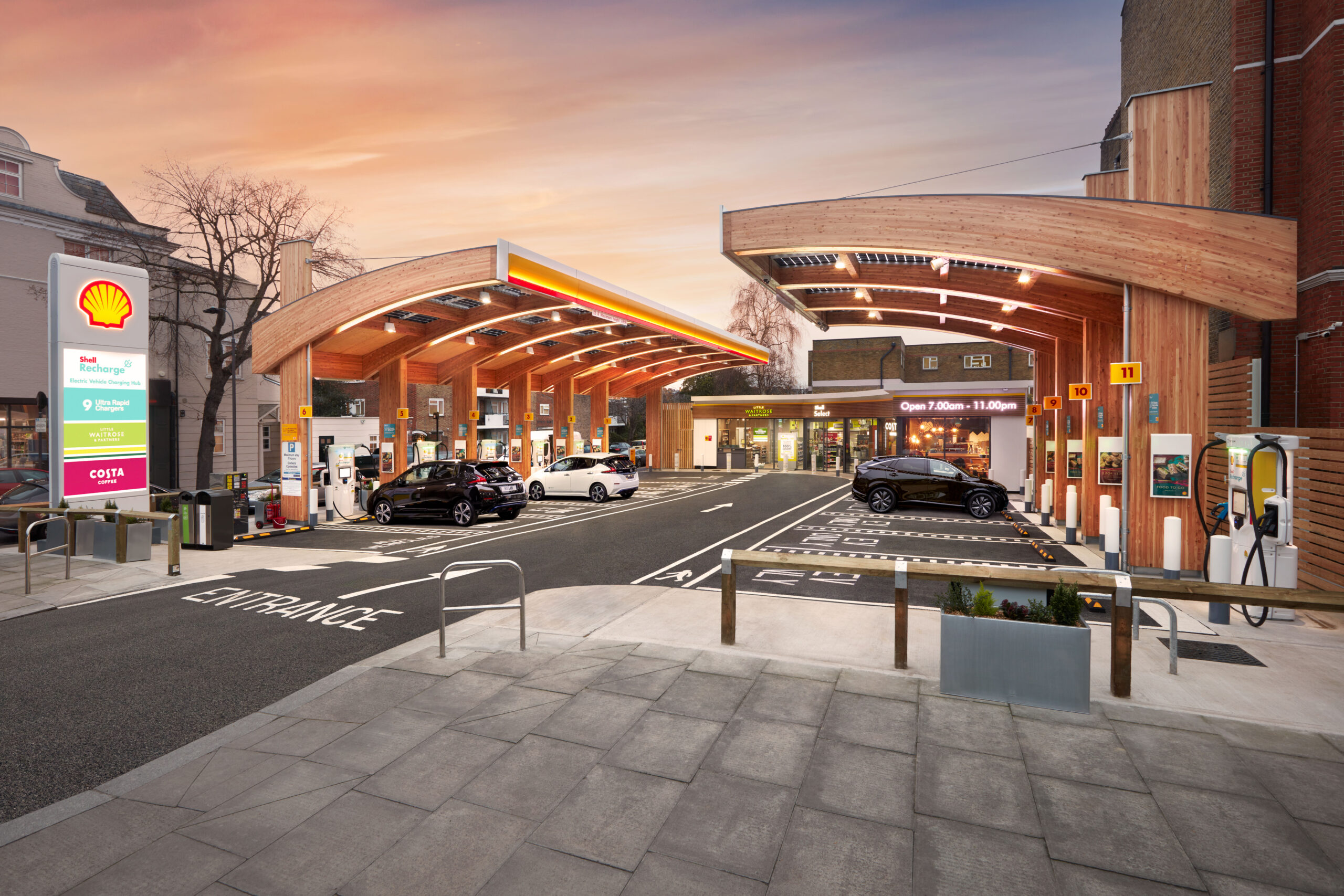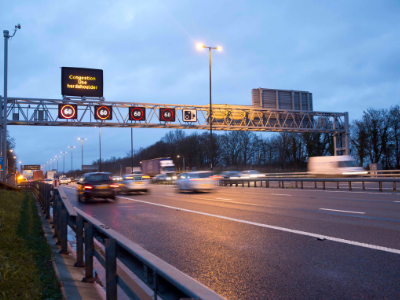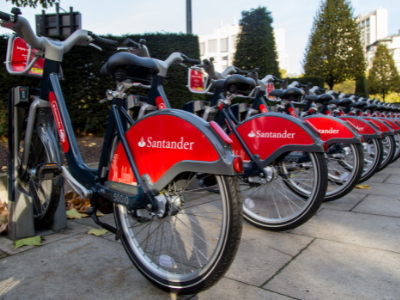Vivacity Labs: Decoding the Highway Code Changes with Data Insights
Back in 2018 it was announced that a review of the Highway Code would take place. Following a three month stakeholder consultation process in 2020, it has been announced that the new rules will come into action from 29 January 2022, subject to parliamentary approval. The updates are focused on protecting the safety of pedestrians and cyclists – the most vulnerable road users – by introducing a formalised ‘road user hierarchy’ and clarifying previous guidance to increase effectiveness of the Code.
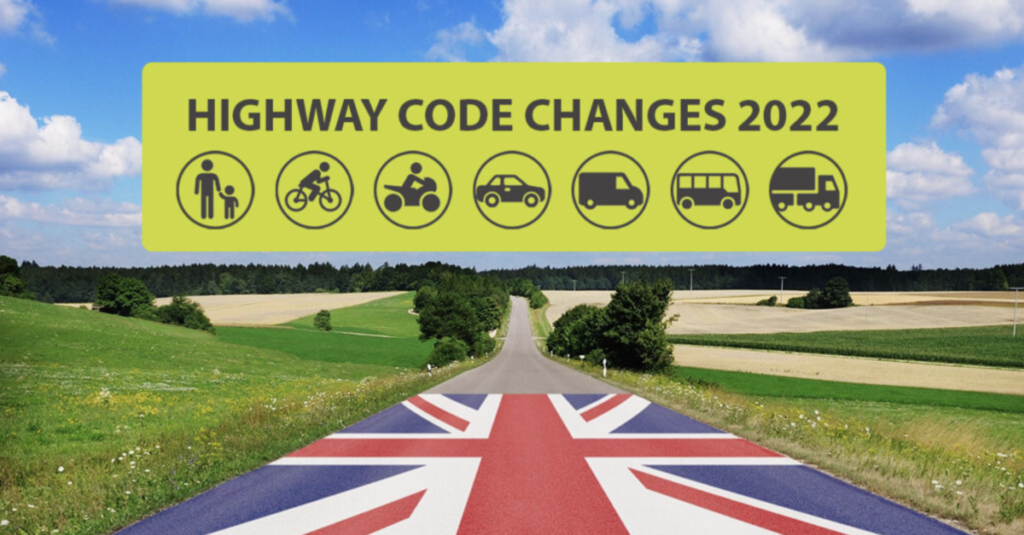
It’s important that the Highway Code remains relevant to the way people choose to travel and how road networks actually work. These latest changes reflect the large increase in active travel uptake witnessed in the past few years. Safety is a key deciding factor for potential active travellers. By focusing on improving safety for cyclists and pedestrians it’s hoped that these updates will initiate further modal shift towards active travel, helping our cities become more sustainable and communities be healthier, happier and safer.
Road User Hierarchy
The overarching theme of the update is the introduction of a formalised ‘road user hierarchy’ with the new rules H1, H2 and H3. This concept ensures that road users who can cause the greatest harm have the greatest responsibility to reduce the dangers they may pose to others. The most vulnerable road users, pedestrians, cyclists and horse riders will be at the top of the hierarchy, with the most potentially dangerous transport modes, heavy goods vehicles, at the bottom.
How Junctions Operate

In line with placing ‘road users most at risk in the event of a collision at the top of the hierarchy’, cyclists and pedestrians will have priority over drivers at junctions, and pedestrians priority over cyclists. This means that cars and cyclists should give way to pedestrians that are about to cross, or are crossing, a road they intend to turn into or out of.
This change in junction guidance has been introduced with the intention of protecting the most vulnerable road users. By decreasing the priority of drivers, it may also impact congestion along roads with lots of side roads at particular times of day when footfall is heavy and cars are required to wait. This may also deter cars from using particular side roads (rat-running) when footfall is heavy, and reduce the incentive to drive short distances for many car users overall
Cyclists and Road Space Usage with the Highway Code Changes
Clarification That Cyclist Are Not Obliged to Use Cycle Tracks
It has never been compulsory for cyclists to use designated cycle tracks and lanes, and this is emphasised in the proposed update to the Highway Code. The update (Rule 62) clarifies that the use of cycle tracks are at cyclists’ discretion, and the decision whether to use a cycle lane or not should not only be based on if it will make their journey safer, but if using the cycle lane would make the journey easier too.
- Rule 61: Use facilities such as cycle lanes and tracks, advanced stop lines and toucan crossings (see Rules 62, 63 and 73) where they make your journey safer and easier. This will depend on your experience and skills and the situation at the time. Whilst such facilities are provided for reasons of safety, cyclists are not obliged to use them and may exercise their judgement.
Highlighting cyclist autonomy is likely to make a lot of cyclists reflect on their experiences of using cycle lanes. Does using the cycle lane make me feel safer? Is my journey easier on cycle lanes? Do I reach my destination quicker? This could result in a drop off of cycle lane usage. An increase in cyclist volume on the road could lead to more congestion and longer journey times.
Another scenario might be that cyclists who want to travel at faster speeds switch to using the road way, reducing the average speed and volume along cycle lanes. This may in turn incentivise a shift to cycling for novice riders, children, elderly or cargo bikes and trikes, as cycle lanes will feel safer.
Cyclist Road Positioning
A new rule (72) has been proposed clarifying the two basic road positions that cyclists should adopt: centre of the lane and kerb side, maintaining 0.5m distance from the kerb edge, or more, when it’s safe to do so. It is advised that cyclists should factor in the volume of road users and the speed of road users when deciding what road position to adopt. The safety of the cyclist, as perceived by the cyclist themselves, is the greatest determining factor in their road positioning.
Cyclists are advised to ride in the centre of the lane in the following scenarios: on quieter streets, during periods of slow traffic movement and at the approach to junctions or road narrowings. Centre of the lane positioning guidance is given in these scenarios to make cyclists as clearly visible as possible to reduce risks of accidents. When a faster vehicle comes up behind the cyclist or when traffic speed increases, cyclists should move towards the kerb to allow overtaking, but only if and when it is safe to do so.
When using busy roads with fast moving vehicles, cyclists should allow vehicles to overtake when it is safe to do so. The wording is such that if a cyclist does not deem it safe to be overtaken, even if they are on a fast moving road, they are not strictly obliged to move kerb-side to permit overtaking. For vehicles overtaking more vulnerable road users (pedestrians, cyclists, horse riders and horse drawn vehicles) specific guidance (Rule 163) has been proposed in relation to clearance widths which correlate with the speed at which the overtaking vehicle is travelling.
In addition to the above advice, wording has also been changed with reference to cycling two abreast. Existing advice is ‘never ride more than two abreast’. New proposed advice is ‘it is sometimes safer to ride two abreast’. This change in wording may lead to more cyclists adopting this positioning. These proposed changes are likely to impact congestion levels, traffic speeds and journey times. It may also increase tensions between cyclists and motor vehicles.
How Will These Changes Affect the Road Network?
In order to understand if these changes are adopted and how the network is impacted, accurate, 24/7 traffic monitoring is essential. Our computer vision sensors have a diverse range of capabilities providing insights on how road space is being used, the behaviour of different transport modes at junctions, interactions and movement patterns, efficiency of the road network in getting people from A to B and average speeds of road users.
These data driven insights are invaluable when it comes to designing new or improving existing schemes for safer, healthier and more sustainable urban environments. Below we’ve listed some examples of how various sensor datasets can help you understand your network better in relation to the proposed Highway Code changes and indicate how they can be optimised. The relevant feature of our sensors have been highlighted:
- Desired insight: Has the hierarchy of road users, introduced to protect the most vulnerable and increasing the responsibility of those that can cause most harm, increased the number of pedestrians and cyclists on the roads?
Solution: CLASSIFIED COUNTS – Review the number of pedestrians, cyclists, cars and many other transport modes that are using road space, and identify how these figures fluctuate at different times of the day or week. An increase in active travel modes would suggest that pedestrians and cyclists feel safer on the roads.
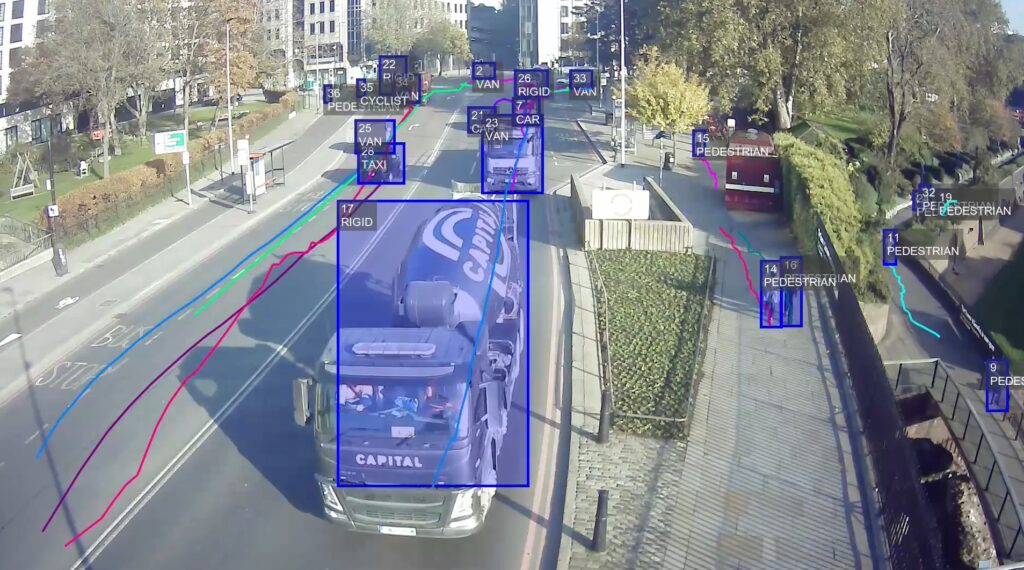
- Desired insight: Has the new guidance surrounding cyclists and road space changed the areas of the road that cyclists use?
Solution: PATHS – Visualise how cyclists using the road space following the Highway Code’s clarification of road space positioning guidance and identify if usage of allocated cycling infrastructure has been impacted. Paths data can also be gathered for pedestrians and motorised road users, allowing you to see how changes to cyclist behaviour has affected both more and less vulnerable road users.
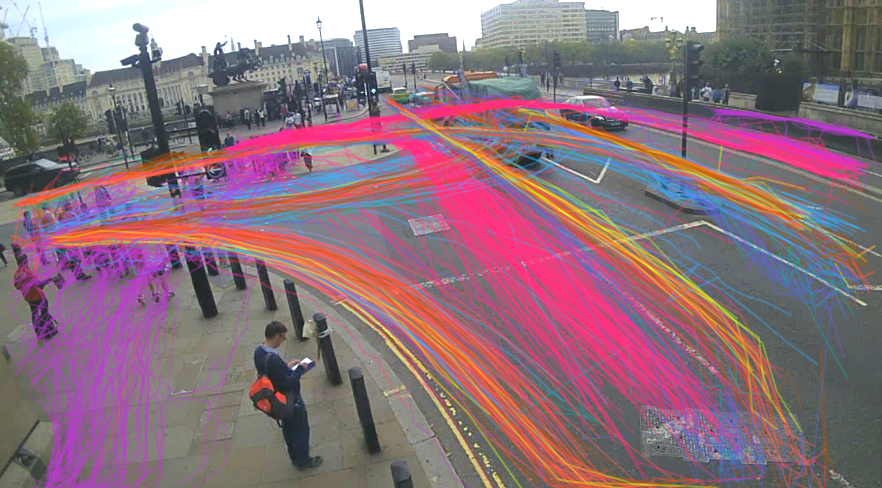
- Desired insight: Have the new rules that state that vulnerable transport modes have priority at junctions (cars giving way to cyclists and pedestrians, and cyclists giving way to pedestrians) affected the efficiency and safety of junctions?
Solution: TURNING COUNTS – Analyse the volume, movement and behaviours of different classes of road users around a junction. Identify if this changes throughout the day or week, and assess the safety of road users and where there is room for improvement.
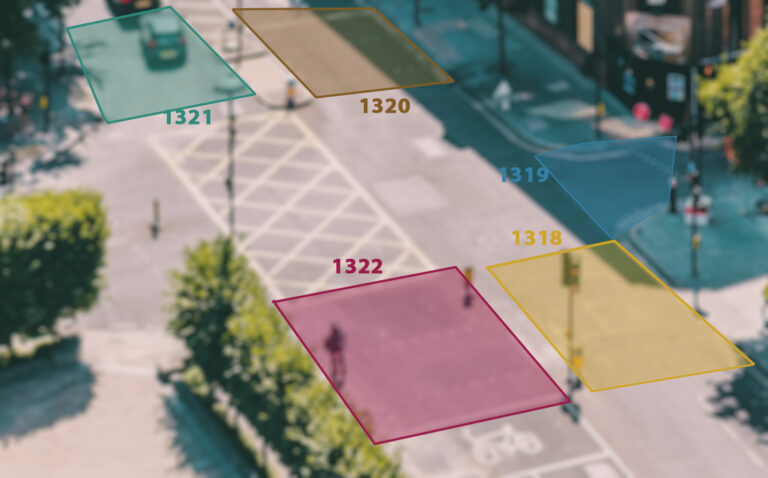
- Desired insight: How have updates to the Highway Code affected the efficiency and reliability of the network?
Solution: JOURNEY TIMES – Understand delay and congestion through a network. Our sensors use machine learning to accurately detect number plates and provide average journey times of motorised vehicles between two sensors. To ensure driver anonymity, number plates are hashed on the sensor before being sent to a server for the journey time calculation.
Vivacity dashboard showing journey times on a graph, which can be downloaded for further analysis.

- Desired insight: Have updates to the Highway Code influence the speeds at which road users travel?
Solution: ZONAL SPEED – Gather average speed data of road users as they travel through a sensor’s field of view. Ascertain whether certain vehicle classes are travelling at unsafe speed and use the data to indicate opportunities for optimisation.
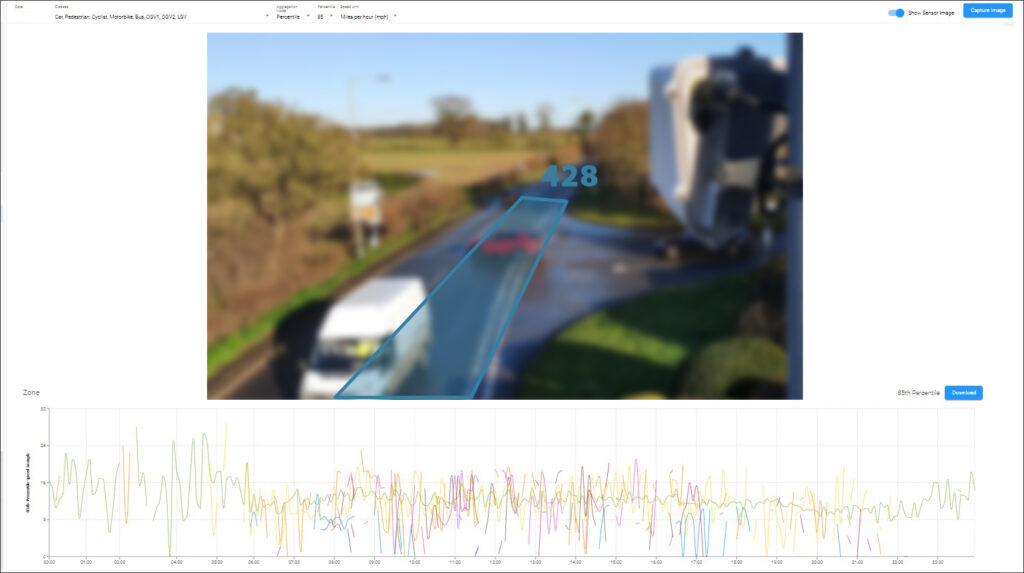
- Desired insight: Has there been a change in the volume and duration of queues at junctions since Highway Codes updates have come into place?
Solution: OCCUPANCY – Receive average counts of road users within a specified area of the sensor’s field of view which can be installed near to a junction. Start/stop driving behaviour has a much more detrimental impact to air quality than vehicles moving at steady speeds. Our sensors can be integrated with urban traffic control systems to optimise modal signalling for more efficient junction operation.

There is a lot of speculation as to how the Highway Code updates will actually impact the network and if they will in fact make roads safer for vulnerable road users. Combining data insights will enable an in-depth understanding of road space use over time, before and after the introduction of the new rules, with 24/7 long term monitoring.
Our technology has been developed using data protection-by-design principles, delivering detailed, accurate and anonymised. Equipped with this insight, networks can be optimised in response to the reality of road user behaviours and trends, rather than theory and speculation, and make the most of funding resources and opportunity.
If you would like to learn more about how our computer vision sensors can provide the traffic insights you need to monitor and assess your schemes, please get in touch with our team and we’ll be happy to run a demon.
This article was originally published by Vivacity Labs Limited.





